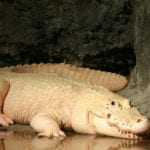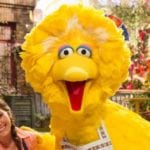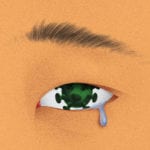 Weird Stuff
Weird Stuff  Weird Stuff
Weird Stuff  Mysteries
Mysteries 10 Tragic Disappearances and Deaths in Joshua Tree National Park
 History
History 10 Ways Childhood Really Sucked in the Old West
 Music
Music 10 Name Origins of Famous Bands from the 1990s
 Religion
Religion 10 Biggest Turnarounds by the Catholic Church
 Weird Stuff
Weird Stuff 10 Unbelievable Times Laws Had Unintended Consequences
 Humans
Humans Ten Historic Women Who Deserve Way More Credit Than They Got
 Movies and TV
Movies and TV 10 Films That Spawned Major Lawsuits
 History
History Ten Times Towns Were Wiped Off the Face of the Earth
 Creepy
Creepy 10 of the Most Disturbingly Haunted Public Houses in the UK
 Weird Stuff
Weird Stuff 10 Niche Subcultures That Are More Popular Than You Might Think
 Mysteries
Mysteries 10 Tragic Disappearances and Deaths in Joshua Tree National Park
 History
History 10 Ways Childhood Really Sucked in the Old West
Who's Behind Listverse?

Jamie Frater
Head Editor
Jamie founded Listverse due to an insatiable desire to share fascinating, obscure, and bizarre facts. He has been a guest speaker on numerous national radio and television stations and is a five time published author.
More About Us Music
Music 10 Name Origins of Famous Bands from the 1990s
 Religion
Religion 10 Biggest Turnarounds by the Catholic Church
 Weird Stuff
Weird Stuff 10 Unbelievable Times Laws Had Unintended Consequences
 Humans
Humans Ten Historic Women Who Deserve Way More Credit Than They Got
 Movies and TV
Movies and TV 10 Films That Spawned Major Lawsuits
 History
History Ten Times Towns Were Wiped Off the Face of the Earth
 Creepy
Creepy 10 of the Most Disturbingly Haunted Public Houses in the UK
10 Crazy Facts About Crocodilians
The undisputed kings of modern reptiles, crocodiles introduce fear, fascination, and a desire for learning in many people. Inhabiting waterways, estuaries, and wetlands across North America, South America, Australia, Asia, and Africa, crocodiles have some rather unusual traits beyond simple hunting prowess. While crocodiles have already found their way into past lists, this article lays out the most outright odd or fascinating facts about these remarkable survivors from an ancient world.
10 Crocodiles Have Eye Crystals To Reflect Moonlight And Starlight
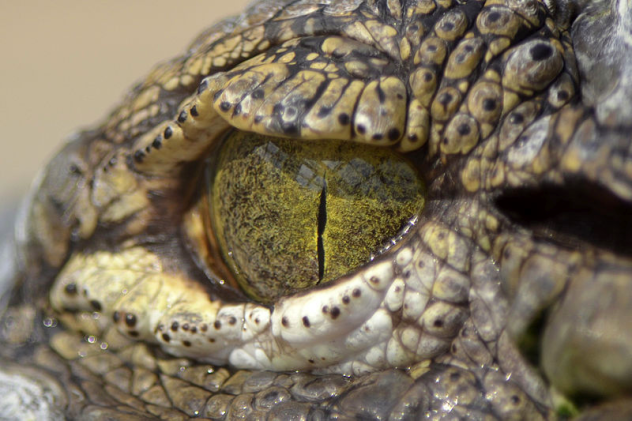
While we immediately pay attention to their incredible jaws, crocodiles’ eyes are equally worthy of close examination. Crocodilian eyes shine brightly at night due to the presence of guanine crystals, which form a layer known as the tapetum lucidum, which is positioned behind the retina. The vertical, slit-shaped pupil can widen at night to accommodate extra light, returning to a narrower position during the daylight hours. As the eye collects light from the stars and Moon, these crystals reflect the light back through the retina, magnifying it and producing a respectable form of night vision. This visual capability allows the animal to hunt effectively in a darkened environment.
In turn, this characteristic eye shine makes crocodiles more vulnerable to predators, particularly in the case of young animals, which face an exceptionally high predation rate before reaching a larger, more mature size. Poaching by humans can have a detrimental effect on populations. Many crocodile hunters with leather or meat in mind will locate the creatures at night by their shining eyes. Reflected, a crocodile’s eyes will frequently shine a reddish color, standing out like a beacon.
9 Crocodile Tears
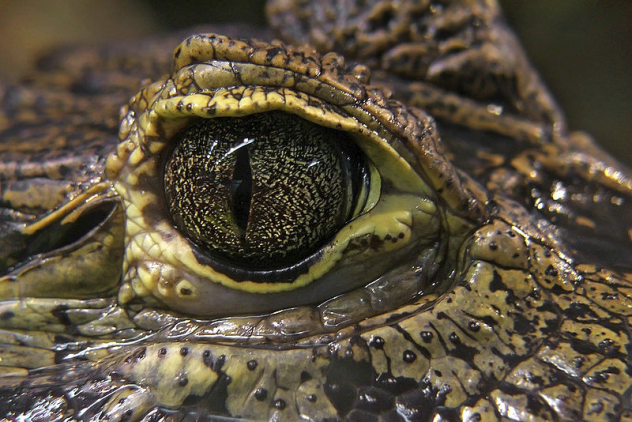
Crocodile tears are a mainstay of popular mythology, but recent scientific investigation at the University of Florida has found them to be a biological reality. Neurology consultant D. Malcolm Shaner at Kaiser Permanente in West Los Angeles was investigating a form of facial palsy in humans that had become known as “crocodile tears” and began to study the source of the term. After contacting University of Florida Zoologist Kent Vliet, the pair uncovered multiple references to crocodile tears and investigated for themselves in real life. Having found references to crocodiles “slaying men and crying” in The Voyage and Travel of Sir John Mandeville, written in 1400, they decided to conduct live tests with biscuits.
Following close observation, it was found that foamy, frothing liquids did actually emerge from the eyes of caimans and alligators as they were fed. Vliet’s hypothesis is that crocodile tears occur due to the huffing and hissing of a feeding crocodile, which may force air through the sinuses before mixing with tears in the lacrimal (tear) ducts. This would explain why crocodile tears appear so bubbly. Crocodile tears are similar in composition to human tears, possibly serving to lubricate the eyes. Other biological reasons should not be ruled out as the true story behind crocodile tears is brought to light.
8 The Dwarf Crocodile
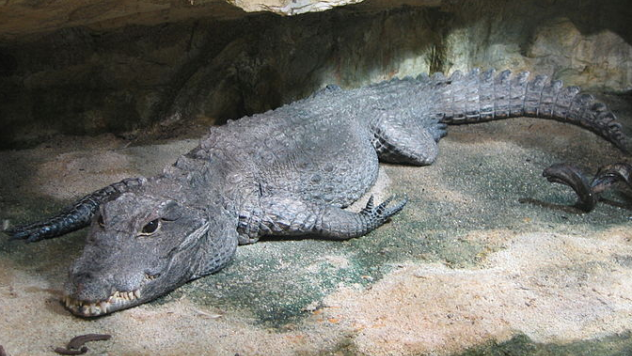
Crocodiles are known as large reptiles, and popular imagination is generally well-grounded in fact. After all, the saltwater crocodile is the largest living reptile, while other crocodiles are measured in multiple meters. However, African wetlands are also home to some crocodiles that are not only small, but have a frame that is less substantial than some lizards. In contrast to the potentially man-killing giants like the saltwater or Nile crocodile, this mini-croc usually grows to only around 1.5 meters (5 ft) long. Adults may weigh as little as 18 kilograms (40 lb).
These diminutive crocodiles feature biological attributes that are consistent with miniaturization. The crocodiles attack animals larger than themselves and can be quite ferocious, just as small dogs may seem to be disproportionately aggressive. Their teeth are long and sharp, with upper and lower dentition extending visibly outside of each jaw. Food may include a wide range of mammals, birds, and reptiles. To compensate for being so small and to discourage attacks by larger predators, these toothy and intimidating reptiles are equipped with extra bony armor plates on the back and head.
Unfortunately, human persecution, often due to hunting for food, has caused needless declines in dwarf crocodile populations. The future of the world’s smallest crocodiles depends on proper stewardship of habitat and an end to the needless killing of these amazing animals.
7 The Strange And Endangered Mini-Alligators Of China
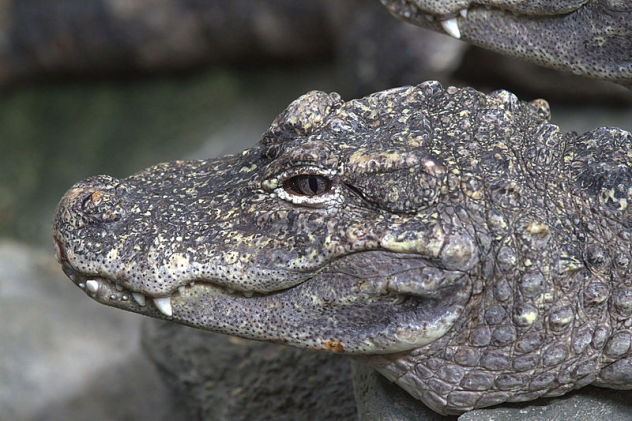
China is home to the second, and much less familiar, of the world’s only two alligator species. While crocodiles are highly diverse at 14 species, alligator biodiversity is much lower. The Chinese alligator is a remarkable animal, well-documented in Chinese history as a species that is essentially harmless to humans but unusually well-protected against predators. China’s alligators once ranged across the continent, but they are now on the endangered species list due to humanity. While protected by the Chinese government, these animals still face many threats and could disappear from the wild without ample habitat protection and opportunities for population replenishment.
Reaching only around 1.5 meters (5 ft), the Chinese alligator is dwarfed by the familiar American alligator, which remains quite common in its home environment. Chinese alligators are well-equipped to resist their natural predators due to their surprisingly strong build. Unlike the American alligator, Chinese alligators have plates that protect even their bellies. As if that wasn’t enough, even their upper eyelids bear bony plates to guard against attacks and injury.
Another trait that sets this animal apart is its diet. Although the animal has some connections to dragon legends, its dental structure is suited to feeding on shellfish. While birds, mammals, and fish are taken, an appreciable amount of this little alligator’s food actually comes in the form of crushed mussels and clams.
6 False Gharial—A Potential Man Killer
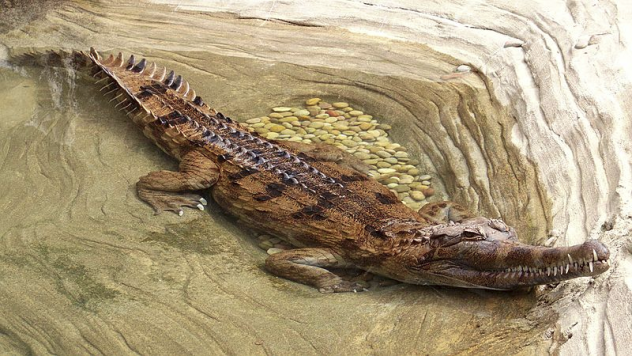
In the wetlands of Indonesia and Malaysia, a lesser-known crocodilian with large scales, a patchy greenish-brown color, and the impressive potential length of more than 5 meters (16 ft) is found. The false gharial often preys on fish, like the true gharial of the Indian subcontinent. As an adaptation to this diet, both animals sport lengthened jaws. However, the false gharial is the fiercer of the two, with jaws that are broader and more robust in addition to being long. In fact, this species appears to have the largest skull of any crocodilian species. The massive scales and enormous teeth, spikier than what most crocodilians possess, lend a perhaps dragon-like appearance, while the fitting genus name Tomistoma (sometimes used as a common name) translates to “sharp mouth.”
This reptile is capable of taking mammals including macaque monkeys and potentially deer. The false gharial patrols its available habitat for unwary prey, and unlike the true gharial, it may pose some threat to humans. The ecological importance of this amazing animal and the unlikeliness of human attacks far outweigh general cause for concern. However, it is a fact that human remains have been found in the stomach of a false gharial after a documented fatal attack.
Unfortunately, humans pose a much greater threat to the survival of the false gharial than it could ever pose to humans as a predator. Listed as endangered, it’s at risk from hunting, habitat loss, entanglement in nets, and disturbance. Conservation efforts, including legal protection, may benefit this magnificent living relic.
5 Saltwater Crocodiles Kill Sharks
The saltwater crocodile (alternatively named the estuarine crocodile) of the Pacific and Indian Ocean regions needs little introduction as a species. The largest crocodilian, and the largest reptile, on the planet, this beast is not some little-known species but rather a well-known threat to humans. It has a truly imposing ecological track record . . . as a shark killer. Shark conservation is an important consideration, but saltwater crocodiles may see sharks, which we see as a potentially lethal predator, as a potential meal!
In one case, a highly aggressive bull shark was killed by a saltwater crocodile while a fisherman documented the encounter. Any animal that views a shark as food rather than as a threat is a hunter worth respecting. Measuring up to 7 meters (23 ft) long in exceptional cases and weighing a massive 1,000 kilograms (2,200 lb), the saltwater crocodile may venture far out to sea, easily floating at the surface and covering a great distance as a powerful swimmer. Land-dwelling prey may include animals as large as water buffalo, while visits to open water may lead to a meal of fresh shark meat.
4 Crocodile Scales Are Solar Heat Distributors
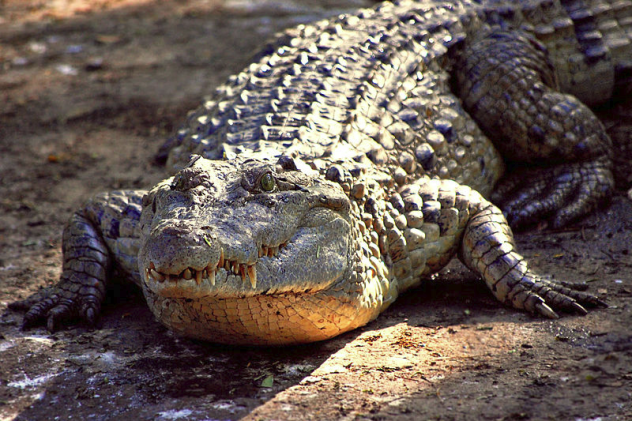
Crocodilian adaptations are numerous and specific. Every observable trait confers a clear advantage, including the prominent scales common to the group. Special scales on the back of a crocodilian heat blood vessels in the sunlight and keep the animal warm and active in spite of being an ectothermic (cold-blooded) animal. These terms simply mean that the animal does not produce its own heat and must rely on external sources of thermal energy. The scales contain bone deposited as isolated blocks called ostoderms, which are most pronounced in the ridged scales on the back.
These unique scales are filled with blood vessels, containing a network of small capillaries which push blood through the hot scales, gathering heat from the sun and then sending the heated blood back into the body of the crocodilian to keep its temperature up. This heat supports the effective function of multiple body systems. Through this adaptation, crocodilians are more readily able to remain active in cooler conditions. Thanks to adaptations such as these built-in “solar panels,” crocodilians are able to handle an impressive range of conditions and use enhanced body temperatures and energy levels in the pursuit of mating, feeding, and territorial defense.
3 Crocodilians Can Strike Vertically
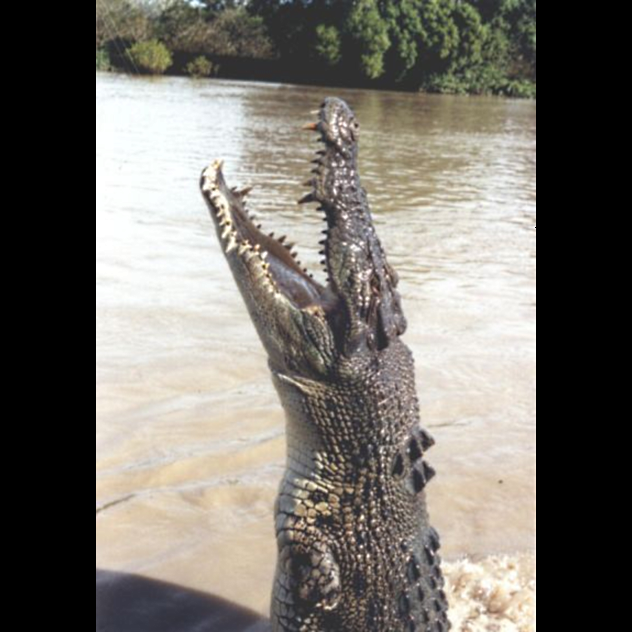
Crocodilians seem ungainly in appearance, but that’s little more than a facade. In fact, crocodilians are lightning-fast, able to strike at blinding speeds propelled by their muscular legs when they are in contact with the ground. Even large, fast-moving animals can be caught before they have a chance to respond. Further aiding predation is the remarkable ability of crocodilians to launch themselves vertically using the force of their tail against a riverbed. A variety of prey items may be taken in this manner, which often comes as a surprise to viewers. Equipped with keen binocular vision somewhat like that of humans or owls, crocodilians can estimate the distance to the target with great accuracy using the target’s parallax.
Sinusoidal tail undulations launch the reptile up to several meters from the deeper water that makes the maneuver possible. In Australia, the freshwater crocodile, typically overshadowed in the media by the massive saltwater crocodile, rose to prominence during the filming of the BBC documentary Wonders of the Monsoon. As flying foxes swooped along the river to get water, freshwater crocodiles were filmed leaping from the river and seizing the large bats in their jaws. The ability of crocodilians to seize flying prey speaks volumes about the extent of their agility.
2 Crocodiles Use Tools For Deceptive Hunting
The use of tools by animals other than humans has captured popular attention, proving a supposed dividing line between humans and all other species to be false. Primates, sea otters, and even herons have been known to use tools, but an even greater surprise is that a form of crocodilian tool use has been observed. Reptile researchers recently documented two crocodilians luring birds to their deaths with sticks, creating the illusion of a prime nesting site.
In India, the researchers found mugger crocodiles piling sticks on their nose and ducking below the surface. Incredibly, this behavior was found to take place only in the breeding season, when the birds would be drawn toward sticks that could form the beginnings of a nest. Once the birds got close enough to the “prospective nest site,” the crocodiles would seize them as meals. In the same fashion, American alligators have been found lurking during nesting season around prime bird habitats with sticks balanced on their noses, waiting for careless birds.
Conversely, crocodilians also provide benefits to birds in the form of protection from smaller predators. However, the birds pay a price for this protection, according to the study. Any chicks that fall into the water usually become a quick snack.
1 Crocodilians Can Climb Trees
Crocodilians are the last animals that come to mind when in comes to arboreal capability. However, first impressions aside, they’re able to climb all the way up to the canopy. Following seemingly far-fetched anecdotal reports of climbing crocodilians, Dr. Vladimir Dinets from the University of Tennessee conducted research in Africa, Australia, and the Americas and determined that four crocodilian species can climb trees. These species, which include the imposing saltwater crocodile and the freshwater crocodile, will actually scale trees, which speaks to the sheer strength of these creatures in spite of their rather awkward body plans.
The researchers involved speculate that arborealism in these otherwise aquatic and terrestrial animals is a behavioral adaptation intended to increase the benefits from basking as a form of thermoregulation. This suggestion is supported by increased sightings of perched crocodilians in areas where there are few places suitable for basking on the ground. The behavior also allows the crocodile to scan for prey, as well as watch for predators. A crocodile would not leap from a tree at prey, but it could gain perspective on where to pursue prey items.
Christopher M. Stephens, Msc. Environment & Management is a naturalist, adventurer, and wildlife educator from Vancouver Island, British Columbia. He is passionate about wildlife conservation and sharing the most fascinating facts about our natural world.
As the birding tour leader for Pacific Rainforest Adventure Tours, he provides birding tours on Vancouver Island.
